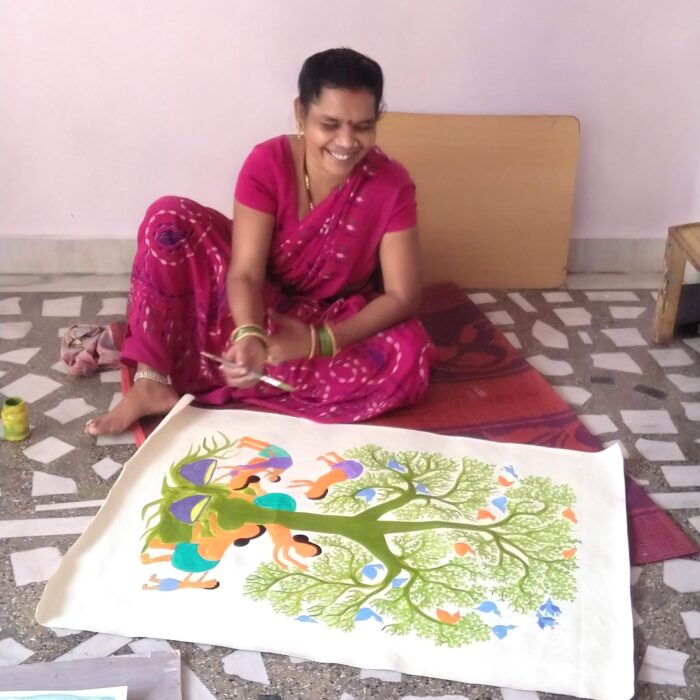JANGARH KALAM - GOND ART
The late painter J. Swaminathan discovered the talented Jangarh Singh Shyam adorning huts in Patangarh, Madhya Pradesh. Jangarh’s signature fine lines, dots, and dashes were introduced to the world through Swaminathan’s vision. His meteoric rise to global recognition featured exhibitions in Paris and Tokyo, yet his story ended tragically with his untimely death by suicide in Japan. Jangarh’s artistic legacy, however, thrives through the continued creative prowess of his family, whom he nurtured in the traditional art form.


ABOUT GOND ART
Present-day Gond Art, often referred to as “Jangarh kalam” or “Pen of Jangarh,” has evolved to encompass elements of Digna or Bhittichitra. It draws inspiration from traditional artistry and was cultivated as Jangarh Singh Shyam collaborated with Bharat Bhavan, a multidisciplinary arts center in Bhopal. Jangarh’s innovative spirit led to the introduction of “Signature Patterns,” distinctive motifs that personalized the work of each artist.The foundation of most Gond paintings lies in folklore and rituals, channeling the very essence of their heritage. Even inadvertently, Gond painters echo the asymmetric harmonic musical notes of their traditional bana, transposing them into the forms they meticulously create. Jangarh Singh Shyam’s discovery by J. Swaminathan marked a turning point, propelling Gond Art onto international platforms with exhibitions in Paris and Tokyo. Despite his tragic departure, Jangarh’s legacy burns brightly through the ongoing creativity of his family, who faithfully uphold and evolve this cherished traditional art form.
HISTORY
The Gond Adivasi community, one of central India’s largest indigenous groups, includes the distinct subset known as the Pardhan Gonds. Historically, the Pardhan Gonds held the crucial role of preserving the collective memory of Gond kings, narrating tales of valor, virtues, and folklore through ballads. These narratives were exchanged for patronage from both the monarchs and the community. While modern times have seen a shift from this patronage system, the Pardhans persistently strive to safeguard their cultural heritage. Their chosen medium: paintings that encapsulate timeless memories and the resonance of musical energy.Gond painters ingeniously translate the asymmetric harmonic musical notes of their traditional instrument, the “Bana,” into distinctive visual forms. This lends their art a captivating and unique aesthetic essence.



